The State Opera and Ballet Theatre “Astana Opera” was founded in 2013 on the initiative of the First President of Kazakhstan N. Nazarbayev. The largest theatre in Central Asia, Astana Opera is constructed according to the best classical architectural traditions. The technical capabilities of the theatre conform to international standards. The Main Hall is designed for 1250 seats, the Chamber Hall - for 250.
The repertoire of the Astana Opera House includes works by the renowned national composers, including the operas Birzhan – Sara by Tulebayev, Abai by Zhubanov and Khamidi, Kyz Zhibek by Brusilovsky, along with the ballet Karagoz to the music of Zhubanova. The world classics presented at the Astana Opera include operas such as Verdi’s Aida, La traviata and Don Carlos, Puccini’s La bohème, Tosca, Madama Butterfly and Turandot, Bizet’s Carmen, Rossini’s Il barbiere di Siviglia and operatic farsa comica La scala di seta, and Tchaikovsky’s Eugene Onegin; ballets such as Tchaikovsky’s The Sleeping Beauty, Swan Lake and The Nutcracker, Prokofiev’s Romeo and Juliet, Khachaturian’s Spartacus, Asafyev’s The Fountain of Bakhchisarai, Minkus’s La Bayadère and Don Quixote, and Adam’s Le Corsaire and Giselle, Delibes’ Coppélia; productions such as Fokine’s Chopiniana and Scheherazade, Eifman’s Rodin, Petit’s Notre-Dame de Paris, MacMillan’s Manon, etc.
Principal Conductor is Alan Buribayev; Artistic Director of the Ballet Company is Altynai Asylmuratova.
Celebrated foreign and Kazakhstani artists who have staged performances include Franco Zeffirelli, Yury Grigorovich, Boris Eifman, Giancarlo del Monaco, Alan Buribayev and others; with the participation of set designer Ezio Frigerio and costume designer Franca Squarciapino.
Along with the famed Kazakhstani artists such as Bibigul Tulegenova, Alibek Dnishev, Aiman Mussakhajayeva, Nurzhamal Ussenbayeva and others, the world-famous stars appeared on the stage of the Astana Opera House, including Plácido Domingo, Zubin Mehta, Elena Obraztsova, Valery Gergiev, José Carreras, Anna Netrebko, Marcelo Álvarez, Svetlana Zakharova, Ildar Abdrazakov...
The Teatro alla Scala in Milan, the Teatro di San Carlo di Naples, the Genoese Teatro Carlo Felice, the Opéra National de Paris, the St. Petersburg’s Mariinsky Theatre and others have performed on tour at the Astana Opera.
As part of the EXPO-2017, the 25th Plácido Domingo's Operalia took place at the Astana Opera House.
In 2014, the Astana Opera went on the world tour (New York - Toronto - Paris - Antwerpen - Rotterdam); and additionally, the theatre had tours at the Royal Opera House Muscat (Oman), Graz Opera (Austria); Mariinsky Theater (Russia), Theatro Municipal (Brazil), Teatro dell'Opera di Roma (Italy), Teatro Carlo Felice (Italy), Palau de les Arts Reina Sofia (Valencia, Spain) and other theatres. In September, the Astana Opera is going to perform at the Bolshoi Theatre of Russia.
The Astana Opera House received two awards: the State Prize of the Republic of Kazakhstan in the field of literature and art for staging the opera Abai by A.Zhubanov and L.Khamidi (2018) and the International Professional Music BraVo Award in the field of classical art, in which the Astana Opera became the leader in the category “The Concert / Theatre Venue of the Year” (Moscow, the Bolshoi Theatre of Russia, 2019).


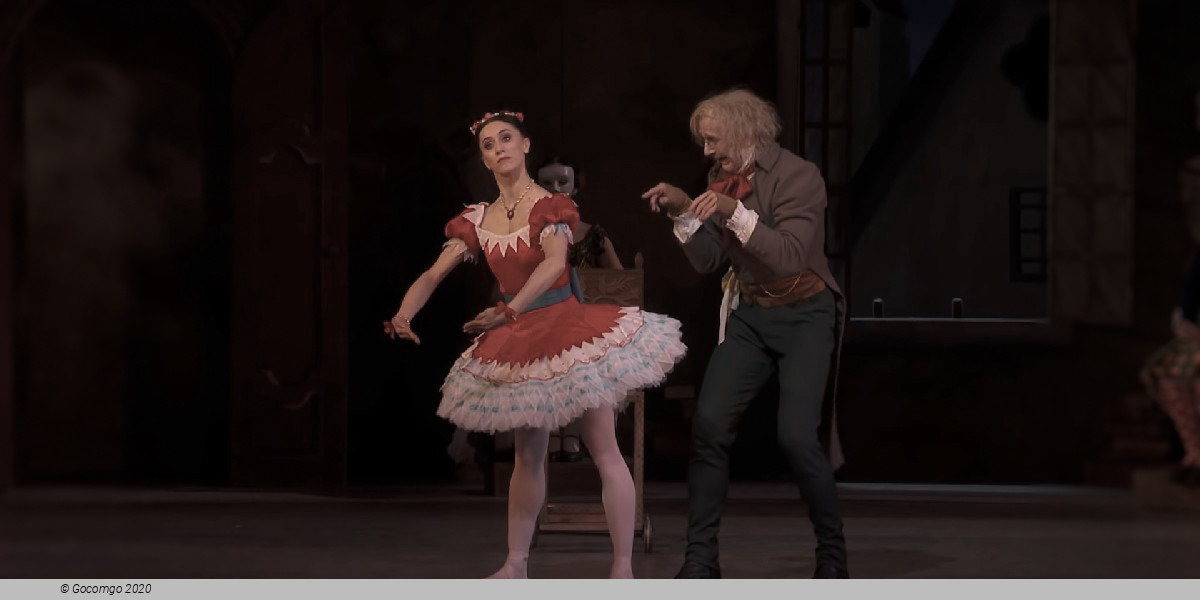
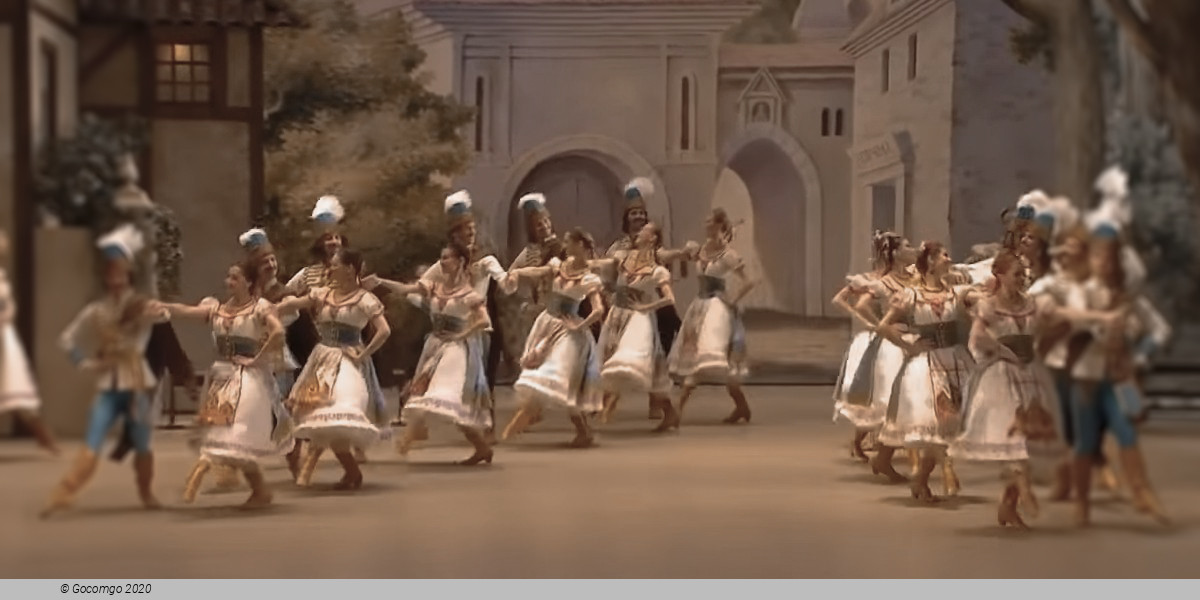
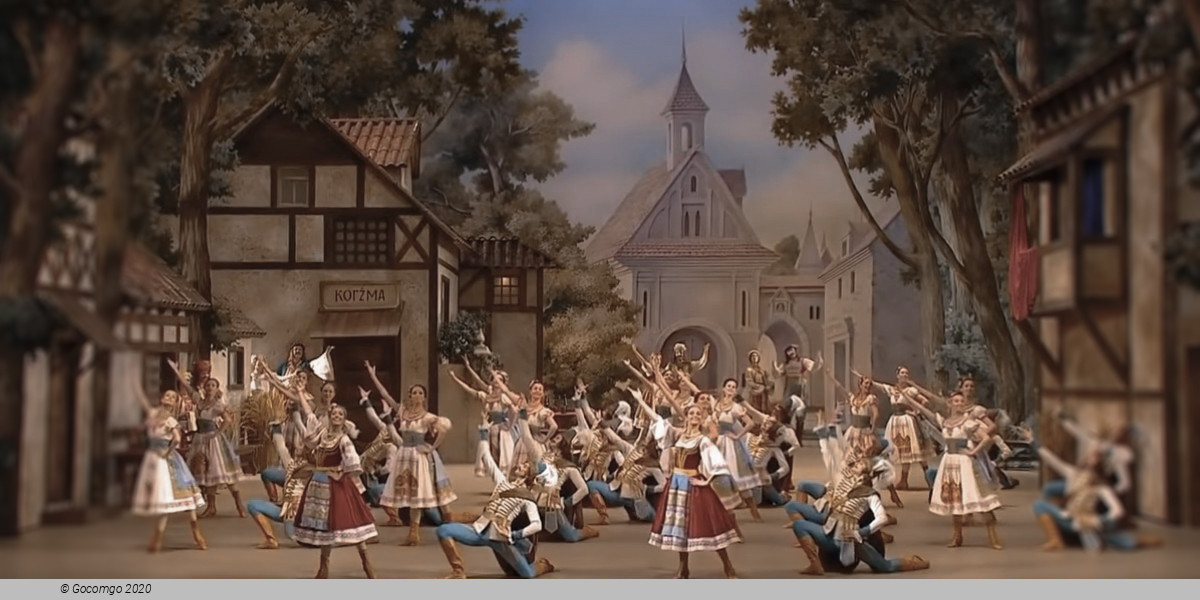
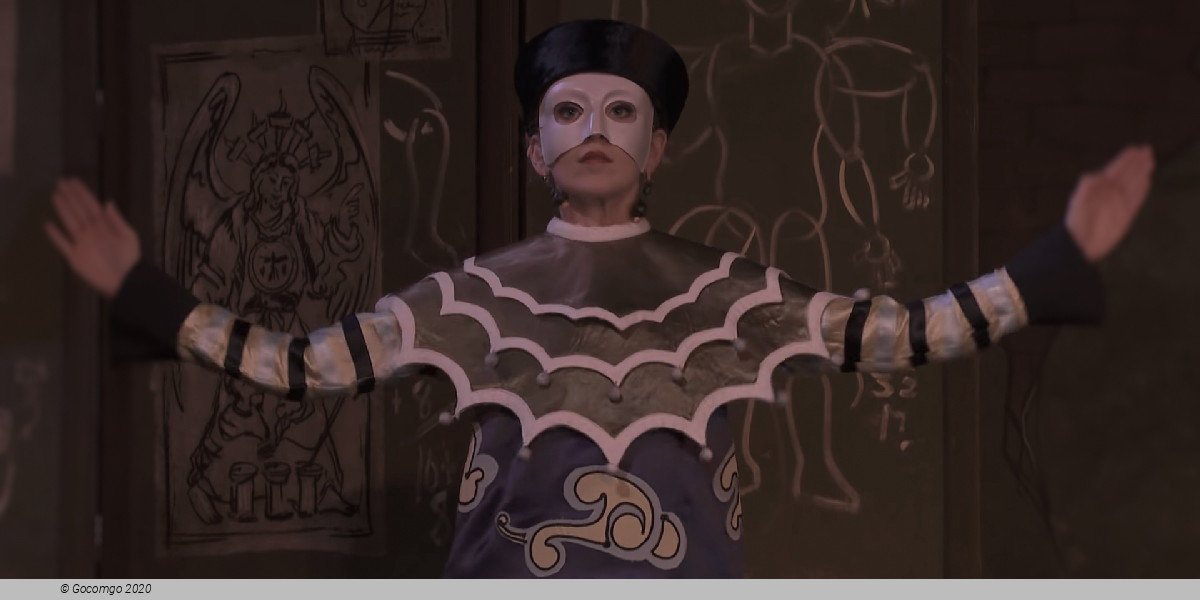
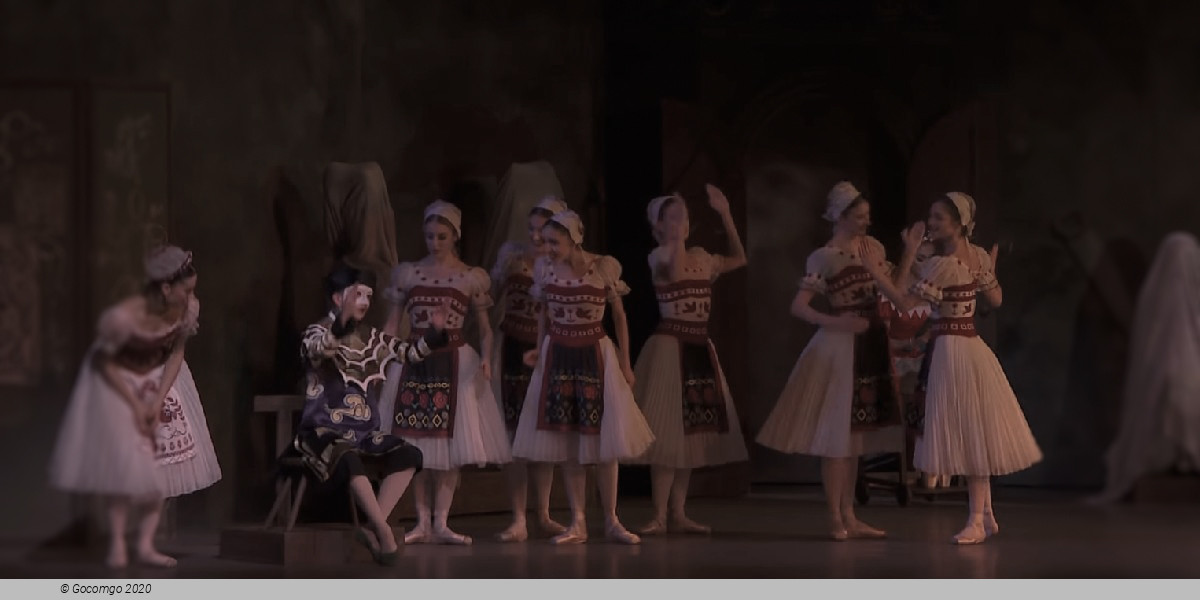
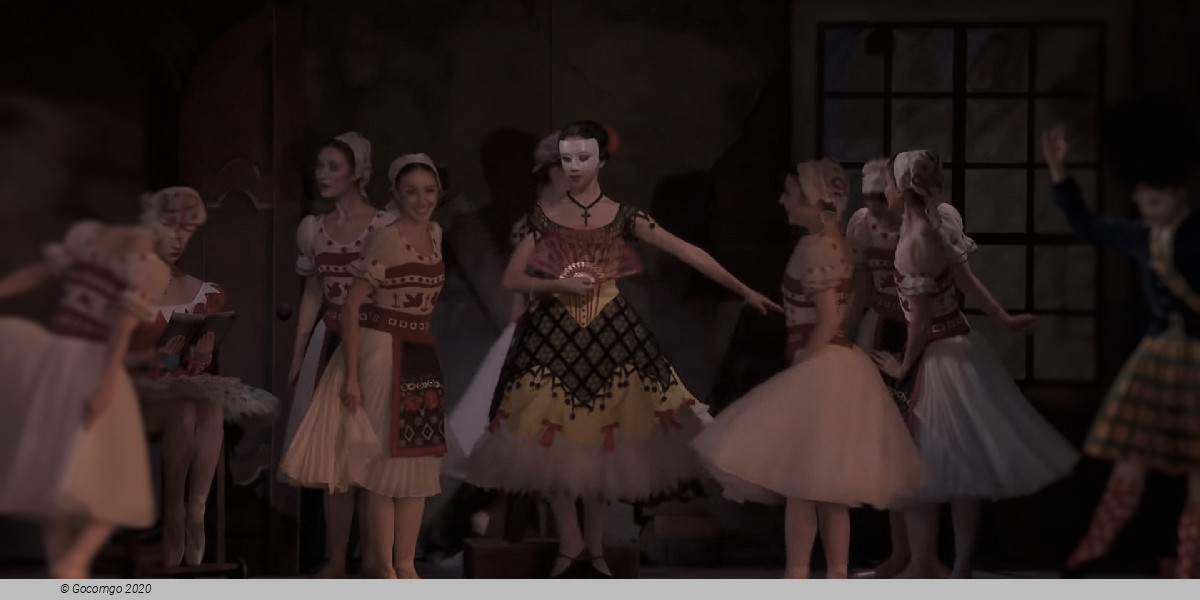
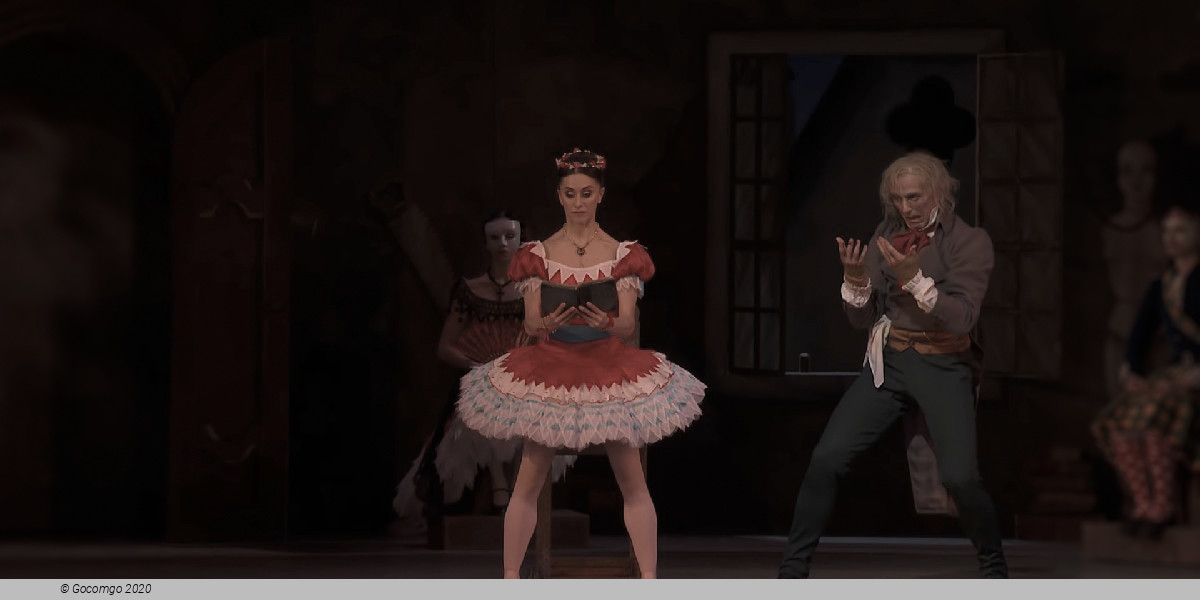
 st. D. Kunaeva, 1
st. D. Kunaeva, 1